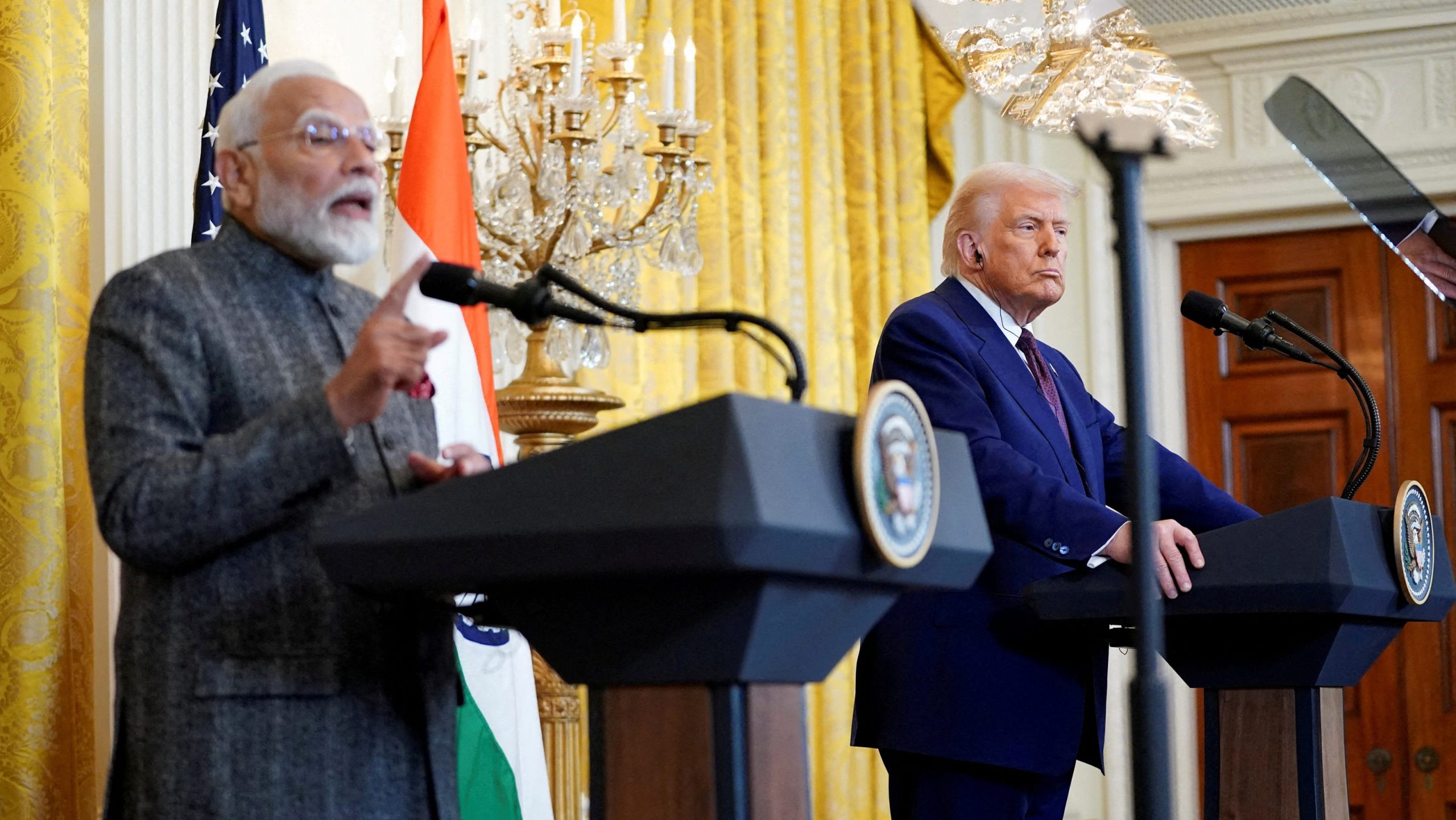The United States is set to implement significant new import tariffs on Indian goods, with a 25% levy commencing August 1. This comes after extensive negotiations for a limited trade agreement between the two nations seemingly faltered, signaling a more protectionist stance from the U.S. administration. This decision compounds an existing 10% baseline tariff and underscores a broader warning from the former President that non-compliant trading partners could soon face even higher import duties.
India’s goods exports to the U.S. reached a substantial $87 billion in 2024, highlighting the vast economic ties between the countries. Beyond physical goods, services exports, predominantly in IT and professional sectors, contributed an additional $33 billion last year. These figures emphasize India’s crucial role in the American supply chain, making the impending US India trade tariffs a point of considerable concern for both consumers and industries.
Among the most critical categories affected are pharmaceutical imports, where the U.S. procures nearly a third of India’s total drug exports. India is a primary source for more affordable generic versions of popular medications, with sales soaring by 16% to approximately $9 billion in the last fiscal year alone. The potential increase in costs for these vital drugs could have widespread implications for healthcare accessibility and affordability across the United States.
Delving deeper into pharmaceutical imports, several classifications are particularly significant. These include essential medical supplies such as wadding, gauze, and bandages. Additionally, critical medications like antineoplastic and immunosuppressive drugs, vital for cancer treatment, and analgesics, antipyretics, and nonhormonal anti-inflammatory agents—common pain relievers and fever reducers—are heavily reliant on Indian production, underscoring the potential impact on public health.
While China and Vietnam traditionally dominated smartphone shipments to the U.S., India is rapidly emerging as a significant player in this tech sector. A recent report indicates India has surpassed China as the top exporter of smartphones to the U.S., a shift driven partly by Apple’s strategic move to center its manufacturing operations in New Delhi amid growing tariff concerns. This pivot has seen India’s smartphone supply chain volume surge by an impressive 240% in the past year, reflecting a substantial supply chain diversification.
Following closely behind pharmaceuticals, jewelry and precious stones constitute another major segment of Indian exports to American consumers. Over 30% of India’s gems and jewelry exports are destined for the U.S., representing about $10 billion in annual trade within an industry that exceeded $30 billion in India during the 2023/2024 fiscal year. This category is vital to the global jewelry market.
India also holds a leading position in specific imported home linens, accounting for 36% of nearly $6 billion in U.S. imports. Furthermore, India is a key supplier of various clothing items, including activewear, shirts, baby clothes, and suits. Past tariff hikes have disproportionately impacted the clothing and textile sectors, leading to significant price increases for consumers for these everyday goods, potentially up to 39% higher for shoes and 37% for apparel in the short term.
Beyond these prominent sectors, the U.S. also depends on Indian imports for a range of other essential goods. These include frozen shrimp and prawns, petroleum oils like transformer oil and motor fuel, advanced semiconductor technologies such as solar panels, and various types of electrical machinery and parts. The breadth of these affected categories highlights the extensive interconnectedness of the U.S. and Indian economies.






Leave a Reply